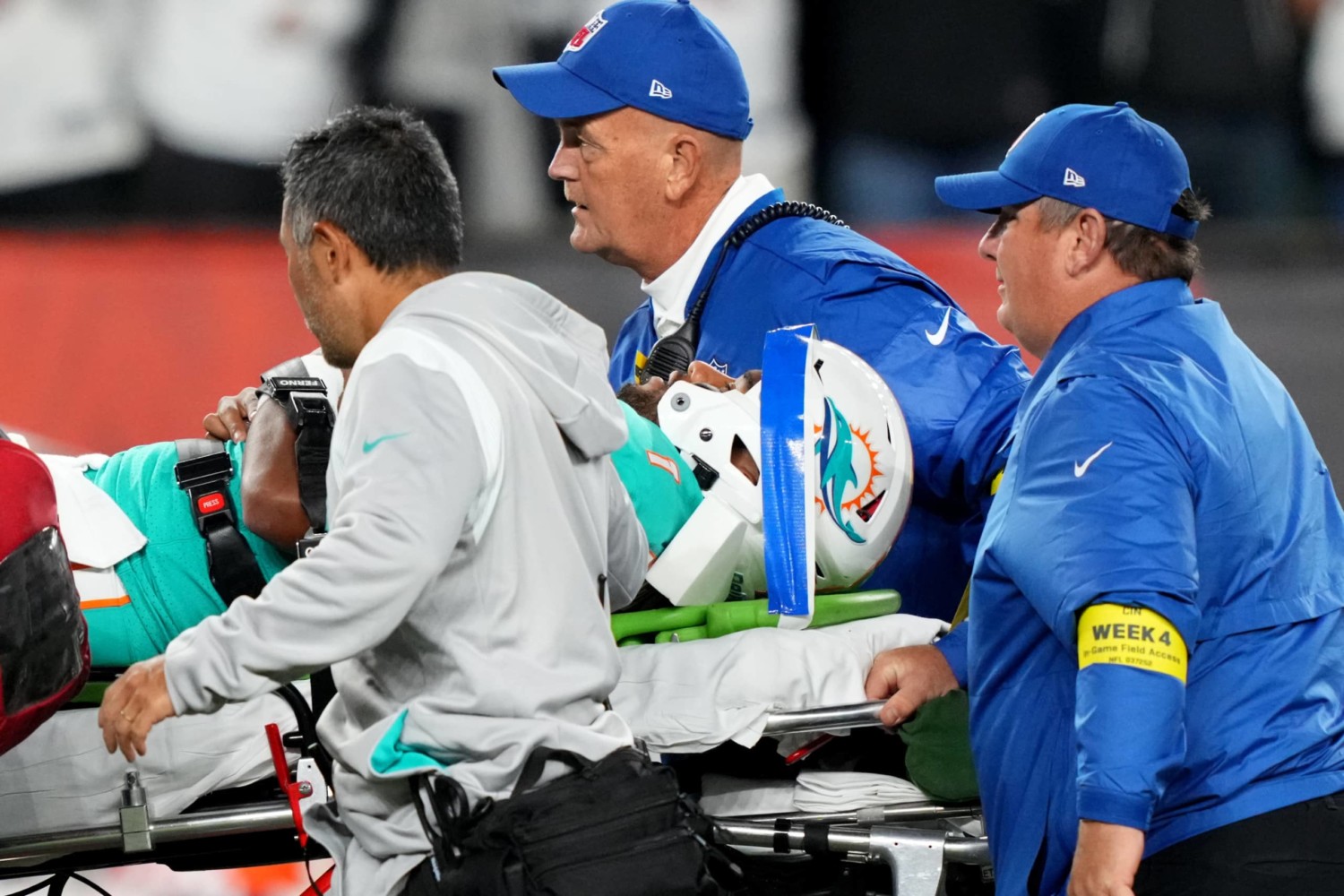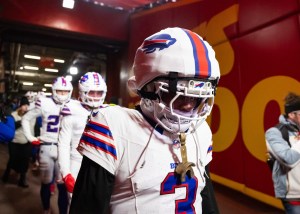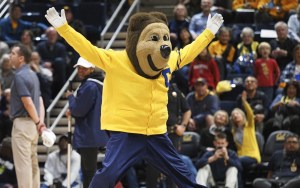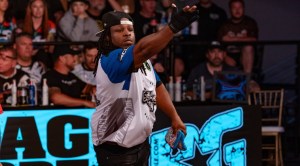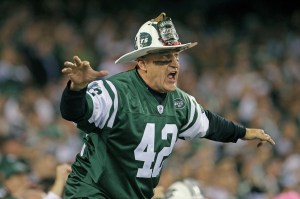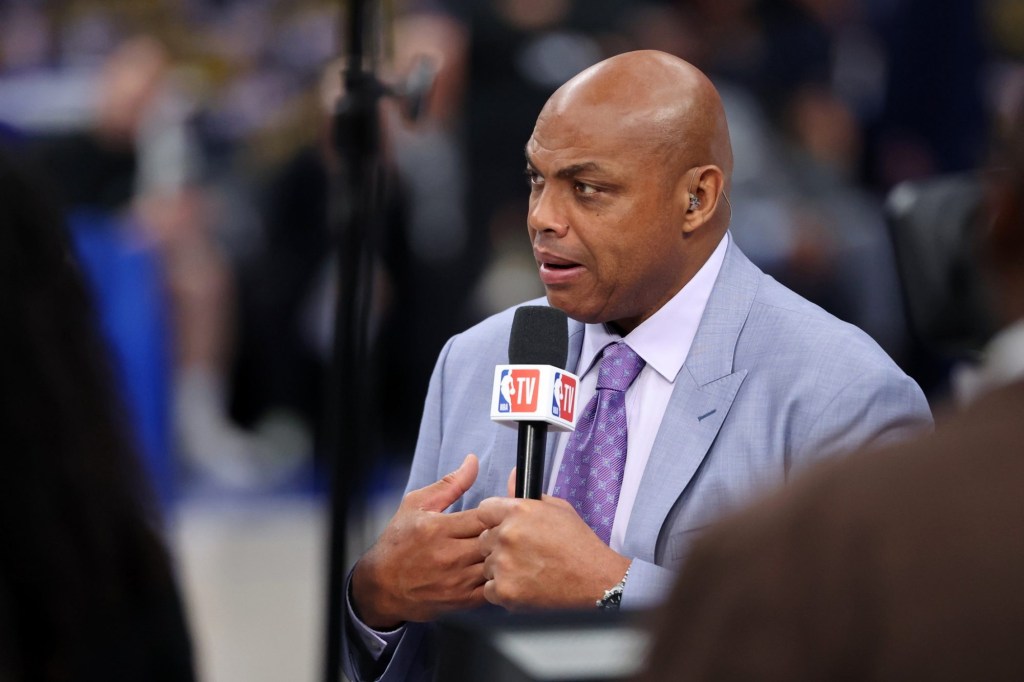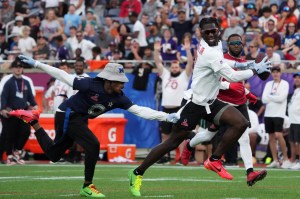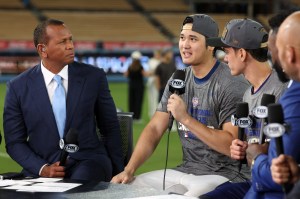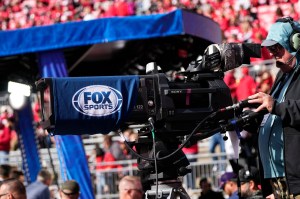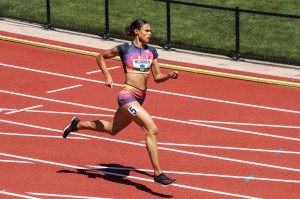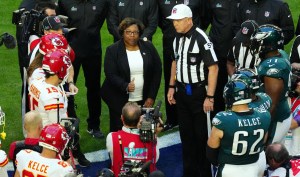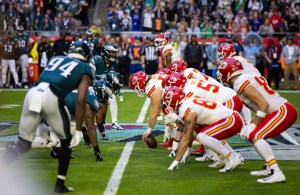“Thank God it wasn’t us.”
That was the reaction from one of the NFL’s network TV partners to the criticism received by Amazon Prime Video for its coverage of Tua Tagovailoa’s concussion Thursday night.
Besides natural sympathy for the fallen Miami Dolphins quarterback, many critics ripped Amazon’s coverage from the moment Tagovailoa was stretchered off the field with head/neck injuries in the second quarter of the Cincinnati Bengals’ 27-15 win over the Dolphins.
Some complained Amazon lingered on the injury too long — particularly the disturbing replay of the QB’s hands twisting.
Others complained Amazon’s halftime studio show failed to mention the QB had been tested for a concussion only four days before. Or that the NFLPA had requested an investigation of how the Dolphins handled the back injury he had suffered against the Buffalo Bills on Sunday.
“I understand they were trying to take a serious tone, but to focus on the news that ‘he has movement in his extremities’ and not have any critical discussion about what happened to Tua on Sunday is a very bad look for Amazon and that halftime crew,” tweeted Lindsay Jones of The Ringer.
Michael David Smith of ProFootballTalk called out Amazon analyst Richard Sherman in particular.
“As an active player, Richard Sherman was one of the most vocal critics of Thursday Night Football, arguing that it was dangerous for players to play with so little time off between games,” he tweeted. “Now he cashes a paycheck on Thursday Night Football and ignores the issue after Tua’s injury.”
To be fair to Amazon, lead game analyst Kirk Herbstreit did cite Tua’s injury from four days prior.
“Worth mentioning, a very similar sack— or push— from (Matt) Milano, the Buffalo lineman, when he hit his head [during] the game last week,” noted Herbstreit before the QB was carted off the field.
One reason why Amazon went to the replay, said sources, was to illustrate the diagnosis of medical expert Mike Ryan that Tagovailoa’s hand “fencing” indicated head trauma.
During the halftime show, Amazon host Charissa Thompson asked for analyst reaction “given everything we saw last week.” Viewers were moved by analyst Ryan Fitzpatrick, who was close to tears discussing his former Dolphins teammate.
During the postgame show, Smith also went deep on the prior injury, protocol, and the NFLPA’s call for an investigation. “I think there’s room for both concern for Tua — and frustration and outrage,” Smith said.
Still, when it comes to covering the dark side of football, networks usually decide that discretion is the better part of valor, warned Dan Diamond of the Washington Post.
“And for those asking why Amazon’s halftime show didn’t acknowledge the controversy over Tua’s apparent head injury on Sunday — media partners that have tried to talk about concussions have faced brushback from the league,” he tweeted. “Just ask Bob Costas.”
There’s an unwritten rule that NFL TV partners don’t publicly second-guess each other. But ESPN’s Cris Canty went there on Friday morning.
“I don’t think that it’s a coincidence that the company that was doing the broadcast last night failed to mention during the halftime report the incident that happened with Tua the week prior with the Buffalo Bills,” Canty said on the “Get Up” morning show. “So all of this is being driven by money…The NFL is all about protecting its own interest.”
Front Office Sports checked in with several NFL broadcasters for their reaction on Friday.
They said every NFL TV partner from ESPN and Fox Sport to CBS Sports and NBC Sports is likely calling a production meeting today to ask themselves:
- How would we have covered Tagovailoa’s injury?
- What would we show viewers — and how many times would we show it?
- Did Amazon do something wrong that we can do right?
It’s a tricky business challenge for networks that are, ultimately, multibillion-dollar partners with the NFL.
They’re supposed to narrate and analyze the game action. But they also can’t risk offending the NFL suits on Park Avenue who decide which networks get the best game matchups.
As media companies, they’re there to document the football game. But they can’t linger too long on the serious injuries produced by a high-speed collision sport that’s been likened to a car wreck on every play.
“It a no-win situation,” said one TV executive.
The worst nightmare for the NFL and TV networks is a player dying on the field. Today’s NFL players are so big and so fast, that kind of tragedy can never be completely ruled out.
Who knows? The criticism leveled at Amazon could end up subtly changing the way networks cover similar injuries.
During Friday’s “Get Up,” host Mike Greenberg made a point of mentioning his show would replay the injury once — and only once.
On their own volition, NFL TV networks already cut away if there’s a fan running on the field or some other incident they don’t want viewers to see.
Like Greenberg, it wouldn’t be surprising if networks increasingly edit how they cover and replay on-field injuries. And make sure that their analysts and reporters add the kind of context that Amazon’s Herbstreit, Smith and sideline reporter Kaylee Hartung provided Thursday night.
